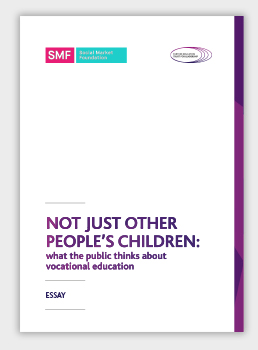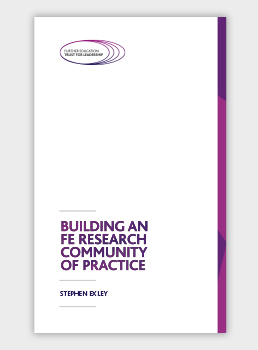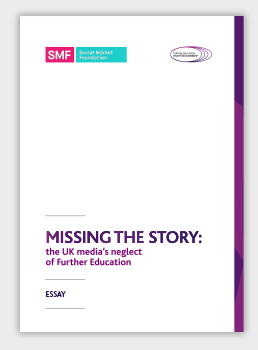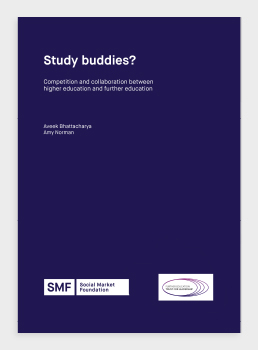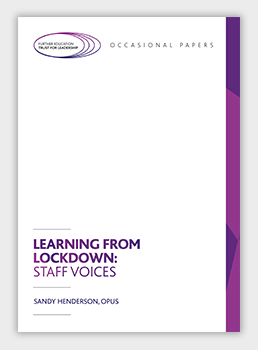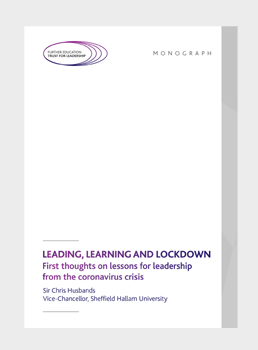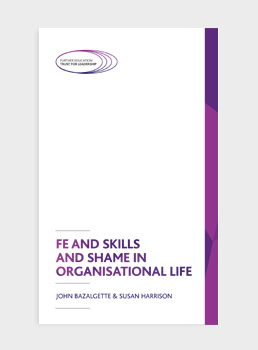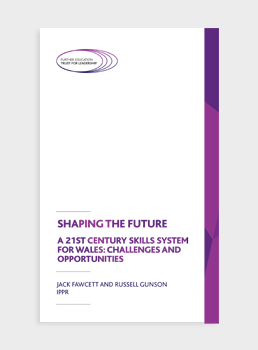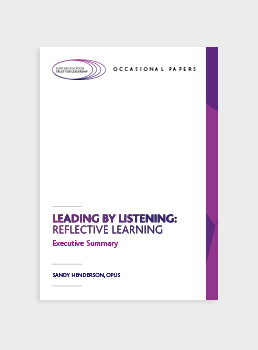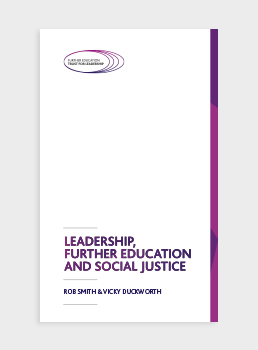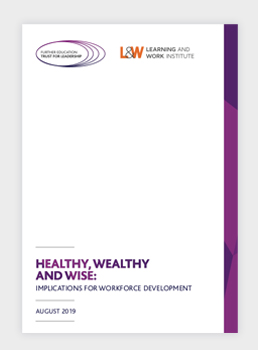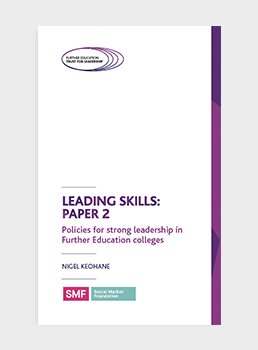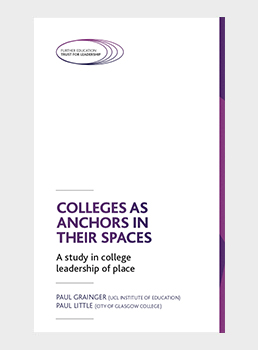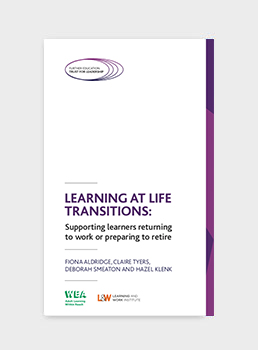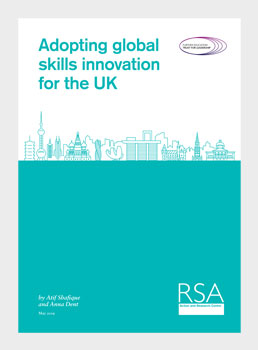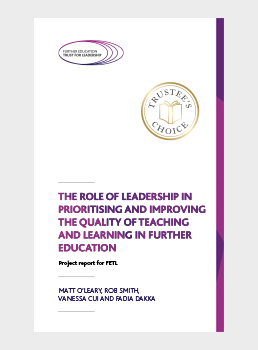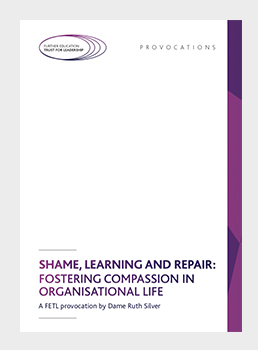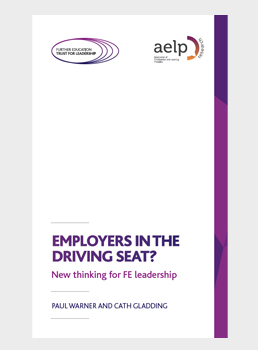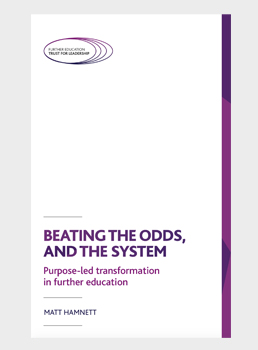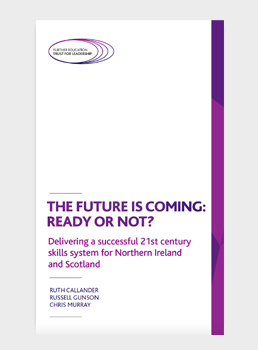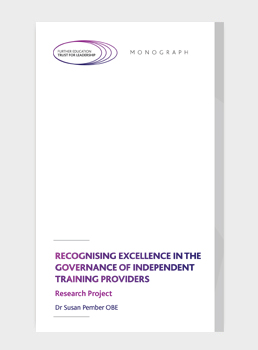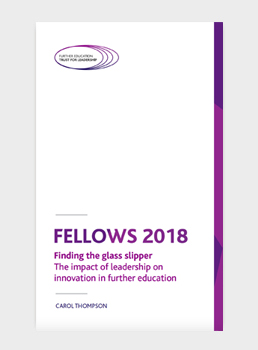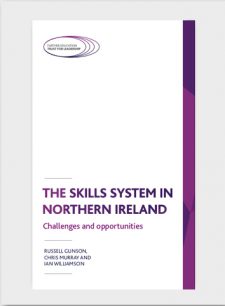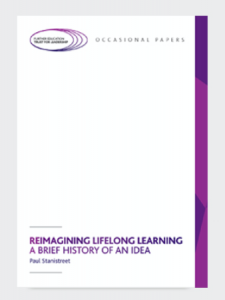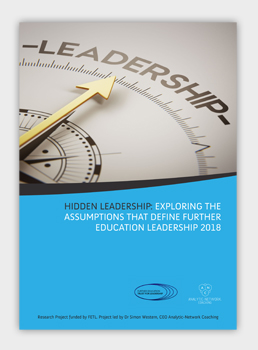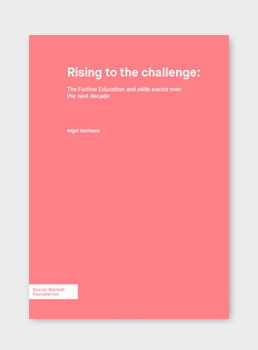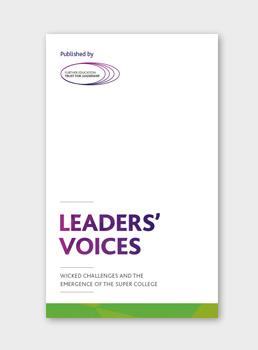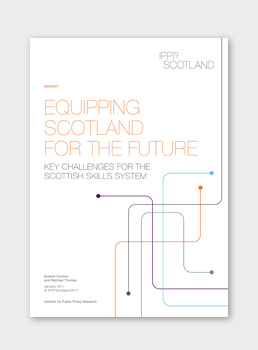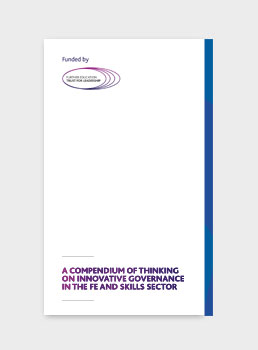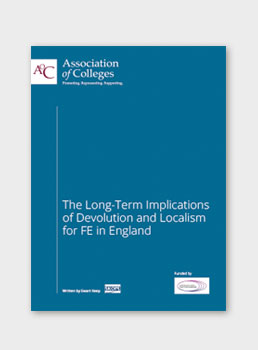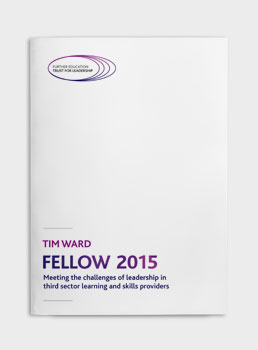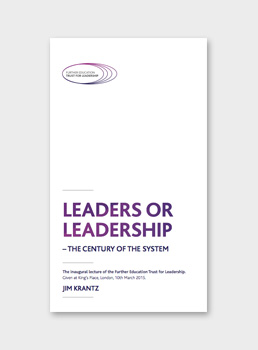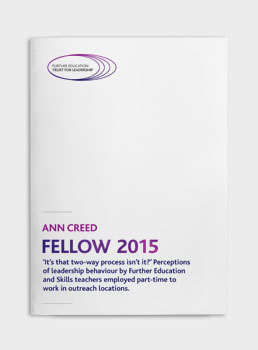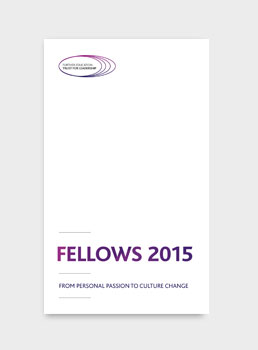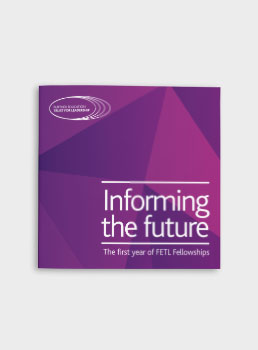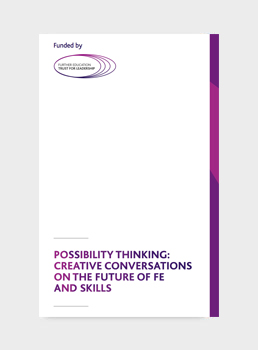
To flourish, FE needs to be trusted
“This went on too long without us knowing about it.” This was the take of Anne Milton, former skills minister, on the financial crisis that engulfed Hadlow College, ultimately dragging it into the insolvency regime in May 2019
Within days, the government had commissioned Dame Mary Ney to carry out an independent review of college financial oversight. The goal of the review, according to Milton, was to ensure that “problems with financial management are identified at the earliest possible stage”.
What quickly became apparent to Ney, and was reiterated time and time again by FE leaders who contributed to my report for FETL on regulation and intervention in the sector, was that improving financial monitoring was only the tip of the iceberg.
The real solution? A regulatory environment which would allow such problems to be prevented from arising in the first place. On this, Ney’s conclusion is clear: the government “needs to identify how it can more wholeheartedly and proactively support improvement at sector and individual college level”.
The key to this, Ney argues, is establishing a “stronger culture of prevention” which would give colleges “the confidence to seek timely advice and help”. This cannot be achieved by merely tinkering around the edges of the existing system. This isn’t about regulation; it’s about relationships. Specifically, what is needed is a root-and-branch resetting of the relationship between colleges and the state. At the heart of it is tension between trust and transparency.
The aspect of the oversight and accountability regime which brings this tension into sharpest focus is intervention. If we are talking about Ofsted or the FE Commissioner, the consequences of ‘failure’ – being graded ‘inadequate’ or placed into formal Commissioner intervention – are severe, and intentionally so. And arguably the most damaging consequence is the impact on a provider’s reputation of this being made public, in terms of the knock-on effects on potential students, partners and funders.
In most cases, intervention per se is not fatal; the vast majority of providers manage to demonstrate sufficient improvement to wriggle free from the clutches of the FE Commissioner or improve their Ofsted grade. But once a provider has received the inspectorate’s lowest grade or been placed in formal intervention, this becomes a matter of public record in perpetuity. In other words, this remains a black mark against their name – whether this was the intent of policymakers or not.
When it comes to the third pillar of the regulatory framework for FE providers, the Education and Skills Funding Agency (ESFA), things become less clear cut. In my previous report for FETL, I concluded that there was less transparency around ESFA interventions than around Ofsted and the FE Commissioner. For ESFA notices of concern or serious breaches issued prior to 1 August 2017, only the start dates of those still in force are listed on the Department for Education website. The details of providers are completely removed from the ‘current’ intervention spreadsheet once the process has ended.
In the process of researching my report, I requested additional information about the timing, nature and duration of current and former ESFA interventions. By the time the report was published, this information had still not been supplied.
Over six weeks later, I finally received some of the data I had asked for. Most interesting of all, however, was the accompanying letter, which addressed the tension between trust and transparency head on. The Department had decided that, in spite of the “strong public interest in [the intervention] process and for transparency about providers’ performance”, it the data should be anonymised. This decision had been made following consultation with “a range of FE providers”. The consensus among them, according to the letter, was that identifying providers by name would be likely to “limit their ability to negotiate or compete in a commercial environment, and inflict reputational damage/loss of customer confidence that may in turn damage their commercial interests through loss of trade”. The FE providers and employers questioned reported that funding bodies would “at best, limit the amount of funding they could be awarded and, at worst, preclude them from tendering entirely”.
This statement goes straight to the heart of the contradictory nature of intervention. The ESFA claims to “hold providers to account for their performance to ensure [that they] consistently raise standards”; yet by hiding some data on interventions from the public, it could be argued that it is going easy on the ‘holding to account’ part in order to give providers a better chance of succeeding after leaving intervention.
So what does the anonymised data tell us? Since 1st January 2016, there have been 217 interventions in training providers, local authorities, FE and sixth form colleges, of which 49 remained open as of 3rd June 2020. Of these, three interventions date back to 2016 (all FE colleges placed in intervention due to concerns over their financial health, with the longest one having been in place for more than four years). Six of the interventions date back to 2017, nine to 2018 and 29 were opened in 2019. Just two were opened in the first few months of 2020. Of the interventions which have been closed, eight were in place for 2 years or more. Some 62 were open for over a year, with 97 lasting for less than 12 months.
By far the most common trigger for interventions in the period studied was failing to meet minimum standards (107 cases). However it was confirmed in April 2019 that this policy and intervention trigger was to be scrapped for 16-19 and 19+ provision from 2018-19 onwards (albeit retained in relation to apprenticeship provision for the following academic year). The other intervention triggers were financial health (59), inspection (38), financial control (8) and diagnostic assessment by the FE Commissioner (5).
The data released serves to shine a light on this partially hidden element of the intervention regime. Since my original report was published, it has been further illuminated by the National Audit Office’s analysis of the financial sustainability of colleges in England. This revealed, for instance, revealed that, as of February 2020, 13 per cent of open colleges were in formal intervention because of their financial health, with 13 of these having been there for longer than three years. Of those colleges that did not merge within a year of intervention ending, the NAO found that ESFA rated the financial health of four as ‘inadequate’ and eight as ‘requires improvement’ in the year they came out of intervention. “This indicates that these colleges still faced significant financial challenges even after formal intervention,” the report states. A reminder, as if it were needed, that intervention is no silver bullet.
As we have seen too often, simply tweaking the accountability system is meaningless. What is needed is a fundamental rethink of the relationship between colleges and government which would allow the further education sector to flourish rather than live in fear. The white paper expected later this year offers an opportunity to finally make this happen. It is an opportunity that a government which professes to be committed to transforming further education simply cannot afford to miss.
Stephen Exley is a freelance writer, director of external affairs at Villiers Park Educational Trust and former further education editor at Tes


